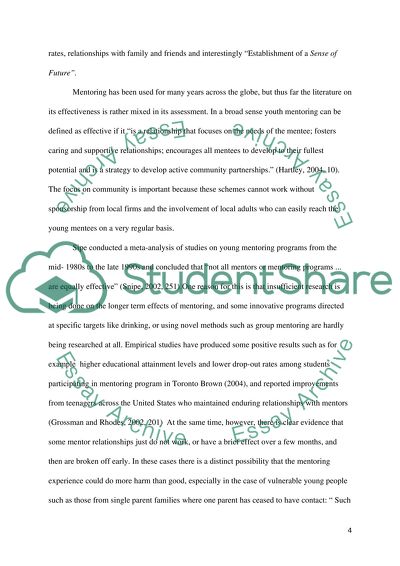Cite this document
(“Big Brothers Big Sisters of Australia: Description Program. Review of Essay”, n.d.)
Big Brothers Big Sisters of Australia: Description Program. Review of Essay. Retrieved from https://studentshare.org/psychology/1431657-review-of-social-service-program-for-children
Big Brothers Big Sisters of Australia: Description Program. Review of Essay. Retrieved from https://studentshare.org/psychology/1431657-review-of-social-service-program-for-children
(Big Brothers Big Sisters of Australia: Description Program. Review of Essay)
Big Brothers Big Sisters of Australia: Description Program. Review of Essay. https://studentshare.org/psychology/1431657-review-of-social-service-program-for-children.
Big Brothers Big Sisters of Australia: Description Program. Review of Essay. https://studentshare.org/psychology/1431657-review-of-social-service-program-for-children.
“Big Brothers Big Sisters of Australia: Description Program. Review of Essay”, n.d. https://studentshare.org/psychology/1431657-review-of-social-service-program-for-children.


